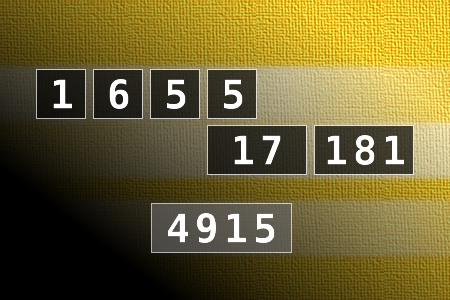Calculate the number 4915
NUMBERMANIA: Calculate the number 4915 using numbers [1, 6, 5, 5, 17, 181] and basic arithmetic operations (+, -, *, /). Each of the numbers can be used only once.Correct answers: 20
The first user who solved this task is Manguexa Wagle.
#brainteasers #math #numbermania


